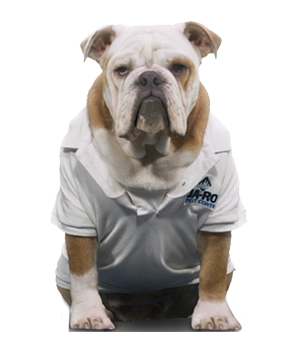Ja-Roy Pest Control in Southern Louisiana
Ja-Roy Pest Control Services is a local Pest Control and Extermination company helping homeowners and businesses with pest issues across Southern Louisiana.
We are excited to have Dugas Pest Control and Presto-X officially join Ja-Roy Pest Control. Welcome!

Our licensed, trained exterminators focus on preventing pest problems before they start in Louisiana homes. We aim to provide regular monitoring and maintenance to keep you pest-free* all year long.

Call now Or fill out the form below and a team member will reach out shortly!
"*" indicates required fields
*During normal business hours. After hours calls will be returned the next business day.
Pest infestations can disrupt your day-to-day life and put your peace of mind at risk. Household pests like ants, cockroaches, and bed bugs aren’t just a nuisance—they can be dangerous as well. At Ja-Roy, our team is committed to protecting you, your home, and your business from the potential dangers of pests. Proudly serving as the pest control leader in Louisiana for 50 years, our goal is to provide you with a pest-free* property, guaranteed.
With innovative technology and customized pest management solutions, we implement ongoing prevention, removal, and exclusion services to keep you safe. Our experts know that pests are a pain, and we will do everything in our power to keep them away from your home or business—for good.
Making sure you are 100% satisfied with your pest control service is our promise to you. If the pests return, so will we!
Our pest control specialists live and work in the areas we support, and understand your specific pest issues.
Our methods are safe for you, your family, and your customers. We use eco-friendly pest management solutions.
When it comes to choosing a pest control company for your home, it’s important to work with someone you can trust. Since 1971, the team at Ja-Roy has aimed to build relationships with our customers based on integrity and satisfaction. Our full-service pest control services focus on preventing pest problems.
Our highly trained, state-certified, and licensed pest control specialists come armed with extensive knowledge of Louisiana’s unique pest challenges. We understand what you’re dealing with because your local community is our community. We know a pest-free* environment is essential for the safety and happiness of your family, and work hard to ensure pests are never a problem.
Pest control for a business or commercial property requires a different approach. In a business, pest infestations can lead to failed inspections, lost reputations, and even shutdowns. Commercial pest control involves regular services that focus on prevention to keep pests away from your property in the first place.
From ants in your restaurant to roaches in your warehouse, we will ensure pests are never a problem in your business. No matter the industry, Ja-Roy works to keep your employees, your customers, and your brand safe from the dangers of pest infestations.
– John Trapen
Ja-Roy Pest Control Services is a local Pest Control and Extermination company helping homeowners and businesses with pest issues across Southern Louisiana.